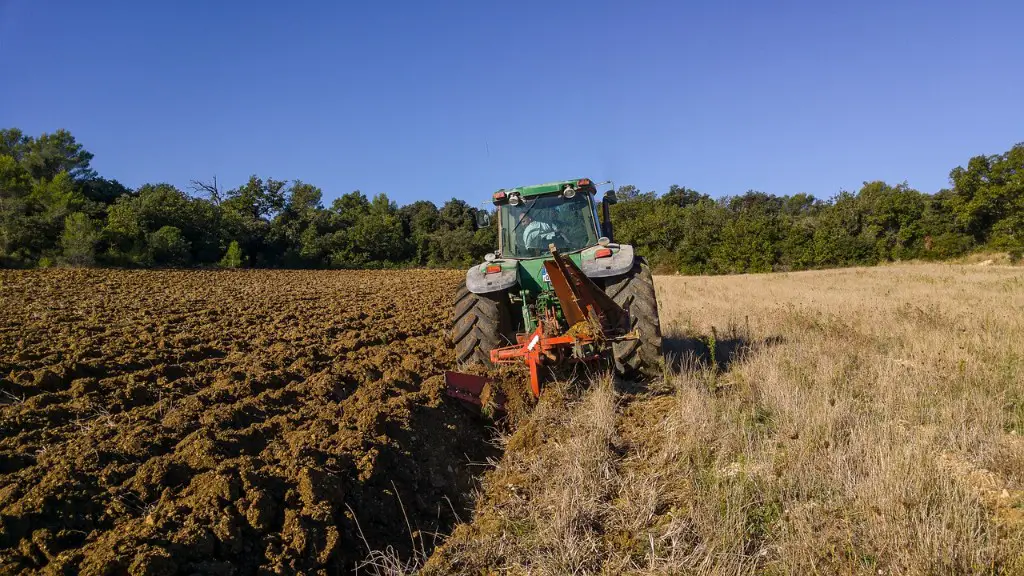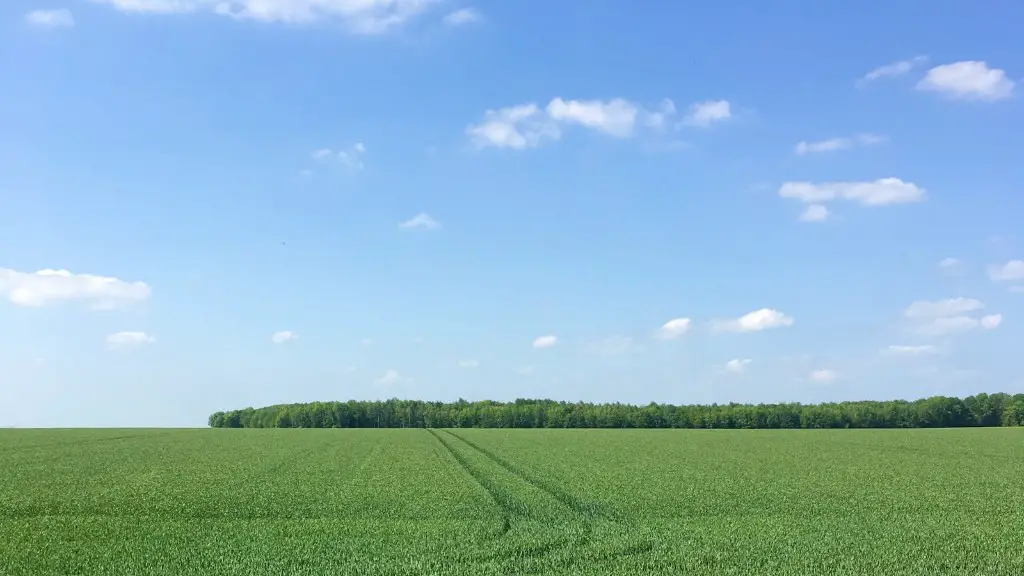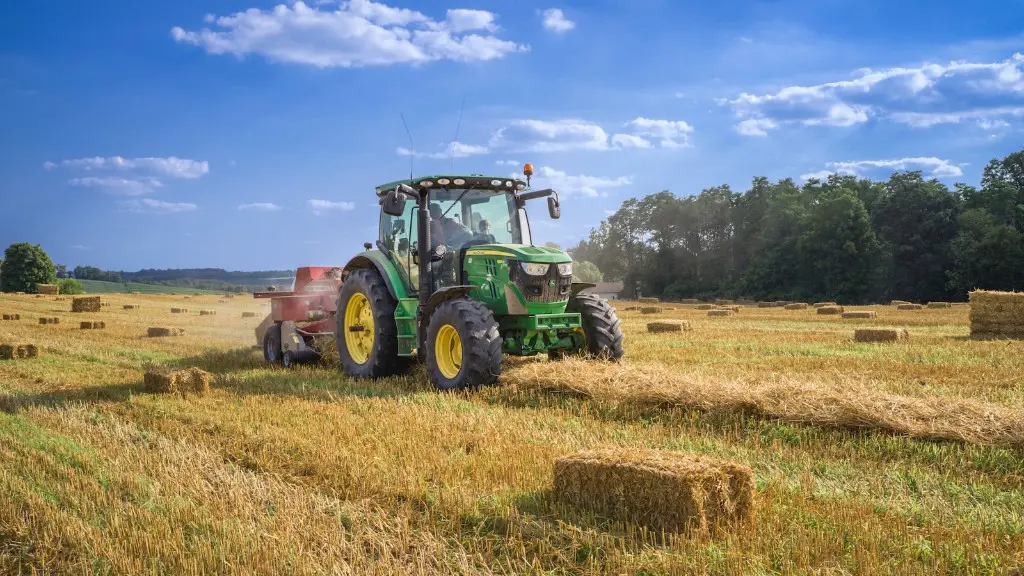The development of agriculture had a significant effect on the native tribes of the world. Contrary to popular belief, it was not just advantageous for the people who practiced it, but it also had profound effects on those who lived near them and chose not to adopt the new farming life. Agriculturally advanced people often caused strife among neighbouring native tribes due to the scarcity of resources it created.
By introducing an agricultural lifestyle, a new way of obtaining sustenance, native tribes had to adapt to changes that would have unforeseen effects. They began to deplete the resources of their environment for the purpose of growing food, thereby leading to deforestation which in turn caused disruption of natural habitats. This kind of disruption caused greater competition for resources, in addition to land disputes, and lead to the spread of sickness and warfare.
In addition to these effects, new farming techniques required the building of irrigation systems to transport water from established sources, thereby transforming and modifying the natural environment. As farming grew, population also increased as nomadic tribes settled in more permanent locations and took up the agricultural practice of their neighbours.
The effects of the development of agriculture on native tribes varied greatly; some chose to reject the new lifestyle and continued to live as hunter-gatherers while others embraced the new changes and modernized their societies. Many tribes adapted by finding ways to maximize their resources. They used terracing to conserve rainwater, rotated crops over an assortment of land plots to ensure soil fertility, used fire to cultivate land and assisted the germination process.
The effect of the development of agriculture on native tribes could also be seen in their social structures. Labor-intensive farming resulted in increased population density, which then led to the formation of more complex political systems. This in turn allowed for the development of civilisations, with social stratification and study of the astronomy, mathematics and other sciences.
The development of agriculture not only saw a boost in the population of native tribes but also caused a shift in their lifestyle, the way of generating income and the concept of home ownership. In addition to this, it also enabled the formation of more advanced languages, allowing for increased intellectual and cultural exchange among tribes.
Social Impact on Native Tribes
The development of agriculture had long-term effects on the life of the native tribes throughout history. By driving population shifts and creating complex social systems, agricultural lifestyle enabled tribes to increase economies of scale, which allowed for greater resource sharing and innovations. This improved social cohesiveness and led to the rise of new classes and more independent cities.
The formation of cities led to increased inter-tribal trading opportunities, as well as increased access to advanced expertise, advanced medicine and religious influences. Improved standards of living and increased wealth had a significant effect on the native tribes, by allowing them to focus on the creative development of arts, literature and the sciences instead of merely focusing on basic sustenance.
With these developments, native tribes reached new levels of political, economic and social standing which shaped their culture and outlooks. This enabled tribes to influence their environment, even in the face of an ever-changing world. By controlling their own destiny, these tribes were able to form their own sense of identity and self-worth.
The development of agriculture also enabled the spread of information and technology among native tribes, by allowing for a greater volume of knowledge to be exchanged. This enabled tribes to become increasingly more culturally diverse, which in turn led to greater communication, trade and the rise of social networks.
The development of agriculture had an unmistakable impact on native tribes, in terms of their population and cultural growth. It enabled tribes to gain control of their destiny, as well as expand their boundaries and influence the world around them, allowing them to achieve a degree of self-determination and social mobility which was previously unheard of.
Environmental Impact on Native Tribes
The environmental impact of the development of agricultural practices on native tribes had drastic and long-lasting effects. As their population increased significantly, the increased demand for resources led to deforestation and overgrazing of natural landscapes. This had an immensely detrimental effect on the environment of native tribes, as it caused many species to become extinct and disrupted habitats and ecosystems.
The introduction of irrigation systems also wreaked havoc on the environment, with rivers and streams being diverted and altered to allow for irrigation, which caused climate changes and water shortages. In the end, the effects of agricultural development on the environment were catastrophic, inducing a lack of diversity, water pollution and soil erosion, to name a few.
The effects of agricultural development on the environment have been so pervasive, not just limited to native tribes, that the Earth’s climate itself was changed. Thanks to the irrigation systems, carbon dioxide was released into the atmosphere, contributing to the rise of global warming and climate change.
The environmental effects did not just stop here, as they also spread to water availability and the world’s oceans. With the increase in population and agricultural production, more water was needed than ever before, leading to over-draining of aquifers and reservoirs, as well as fertilizer and pesticide runoff into rivers and the global seas.
The development of agriculture had a destructive impact on the environment of native tribes and beyond, resulting in the toxicity of water, air, soil and even food. The introduction of fertilizers, pesticides and herbicides caused unprecedented damage to the environment and the native tribes which relied on them for sustenance and survival.
Economic Impact on Native Tribes
The development of agriculture had a marked economic impact on native tribes throughout history. In good times, the extra food production enabled native tribes to create surpluses, which were then sold or traded, thereby enabling tribes to access new goods and improve the quality of life.
As the new economic formation allowed tribes to gain access to new resources, they also gained access to new technologies, which in turn improved the productivity of the tribes and enabled them to increase their overall wealth. This in turn led to an increase in the political power of these tribes, as they were able to create alliances and form relationships with other tribes in their region.
The rise of the agricultural economy also led to new social classes in the native tribes, such as farmers, merchants and artisans. This allowed people to specialize in their chosen profession and thereby increase their standards of living, creating a more diverse and fragmented society.
The economic increase also caused an influx of foreign traders into native tribes, as they sought to profit from the newfound wealth of the tribes. This influx caused many cultures to mix, allowing for a wider variety of goods and expertise to be exchanged between different people.
The development of agriculture had both positive and negative effects on the economies of the native tribes, hastening development and increased trade opportunities, but also causing corruption, exploitation and greed. In the end, though, its overall economic effect was a long-term improvement of their standard of living.
Political Impact on Native Tribes
The development of agriculture had a deep impact on the politics of native tribes. With higher population densities, tribes needed to have more organised leadership structures to provide for the security and needs of their people. This led to the rise of political stratification, with kings, chiefs and governors leading the tribes and establishing laws and regulations.
The increased trade with foreign tribes also caused inter-comprehension and alliances, leading to arise of more complex political systems and empires. This political stability enabled the rise of empires, with complex hierarchies, which in turn allowed for the cultural exchange of goods and ideas among native tribes.
The rise of agriculture and its corresponding increases in population led to an exponential rise in the number of developed cities, leading to a further increase in native tribal control and power. Earning wealth, gaining control over rival tribes as well as access to expert knowledge, increased their capacity for warfare.
The political power of native tribes was also improved with in-group cooperation. This enabled native tribes to organise large-scale projects such as the building of monumental structures, defence systems and roads leading to increased mobility and further spread of information.
The development of agriculture had an immense impact on the political structure of native tribes, not only in their region but also the wider world. The rise of strong, complex organisations enabled the formation of cultural bonds and trade networks all over the world, changing the course of history with new forms of economic and political power.





